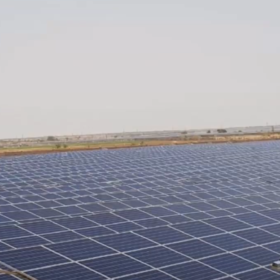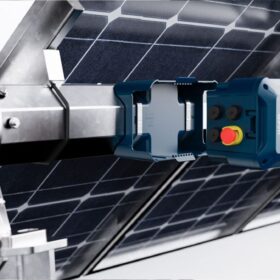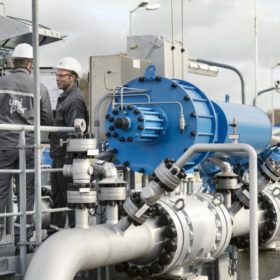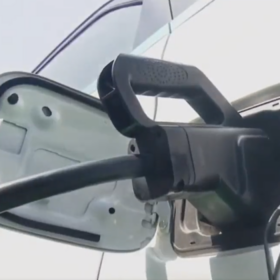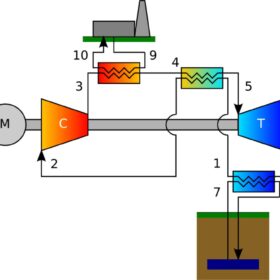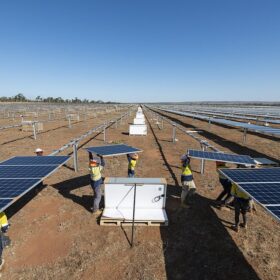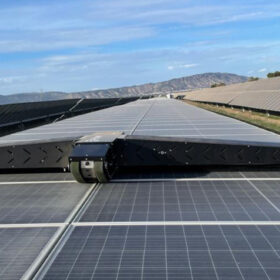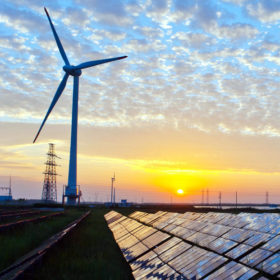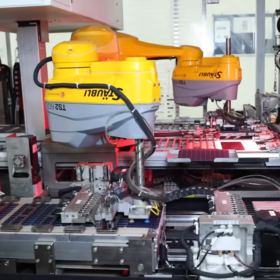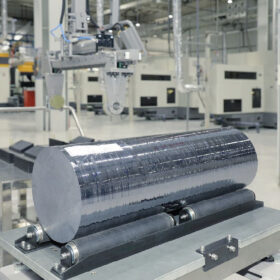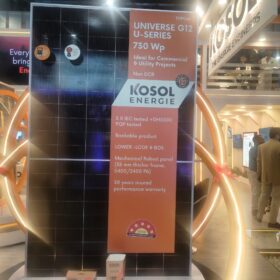Tata Power to develop 2.8 GW of pumped hydro projects in Maharashtra
Tata Power has signed a Memorandum of Understanding (MoU) with the government of Maharashtra to develop 2.8 GW of pumped hydro storage projects in the state. The cumulative project cost is estimated at INR 13,000 crore.
Mahindra Susten, GUVNL sign 200 MW solar PPA
Mahindra Susten will develop 200 MW of solar capacity to supply electricity to Gujarat Urja Vikas Nigam Ltd (GUVNL). The project can be developed anywhere in India, as long as it is connected to the interstate transmission grid.
PVH to supply trackers for L&T’s 805 MW solar project in Saudi Arabia
Spain-headquartered PV Hardware (PVH) will supply its trackers to Larsen & Toubro for an 805 MW DC PV project in Saudi Arabia.
QIA buys 2.7% stake in Adani Green Energy
Qatar Investment Authority (QIA) has acquired 42,604,601 shares from Adani Green Energy’s promoter Infinite Trade and Investment at a price of INR 920 per share.
India needs 60-100 GW of electrolysis capacity to meet 5 MMT per year green hydrogen target
India’s National Green Hydrogen Mission targets the development of 5 million metric tonnes of green hydrogen production capacity per annum by 2030, which would require the nation to install 60-100 GW of electrolyzer capacity.
BPCL targets EV charging facility at 7,000 fuel stations by December next year
Bharat Petroleum Corp. Ltd plans to convert 7,000 of its fuel stations into complete energy stations by equipping them with electric vehicle charging facilities by Dec. 2024.
Preheating hydrogen with heat pumps may reduce cost of green H2 for heating by 10%
UK researchers suggested utilizing heat pumps to preheat hydrogen to very high temperatures, which they said could reduce the need for hydrogen by more than 20%. The process is also claimed to have the potential to reduce the European industry’s energy demand by approximately 200 TWh per year.
Australia’s latest tender for generation, storage largely oversubscribed
Investors have submitted bids for 3.1 GW of wind and solar projects, along with 1.6 GW of long-duration storage projects, in response to the New South Wales government’s latest tender for renewable energy generation and storage capacity.
Enel develops robot for waterless cleaning of PV plants
Enel says it will work with Italian startup Reiwa to develop a robot for waterless cleaning of PV plants. The innovative device features brushes and can autonomously navigate across panel rows, eliminating the need for human intervention.
Apraava Energy signs MoUs worth $1.1 billion with REC and PFC
Apraava Energy will use the funds to develop its wind, transmission, and advanced metering projects.

